Americans at The Table: Is That Really a Restaurant?
American Corner | 2013-01-25 13:35
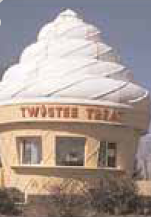
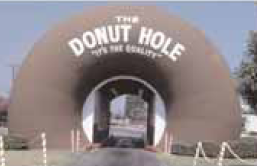
Beginning in the 1930s, intense competition in the restaurant industry and Americans’ increasing reliance on the automobile led to a trend in restaurant design sometimes referred to as “programmatic” architecture. Owners and builders began to create restaurants in odd and distinctive shapes, often reflecting the type of food featured inside. For example, restaurants were created in the shape of soup bowls, coffee pots, milk bottles, doughnuts, sandwiches, and giant fruits, as well as various types of birds and animals. Other noteworthy examples were the famous Brown Derby restaurant in Los Angeles (shaped like a derby hat) and the White Castle chain of hamburger restaurants, whose buildings looked like miniature castles, complete with crenellated walls and turrets. The objective of each was to catch the eyes of passing motorists, make them smile or laugh at the bizarrely shaped structure, and, hopefully, cause them to stop and come inside for something to eat. While this type of restaurant architecture began to die out in the 1950s, examples of the genre remain today, with some of the buildings still functioning as restaurants, others as nostalgic landmarks of a bygone era.
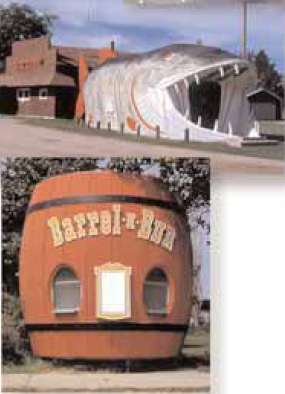
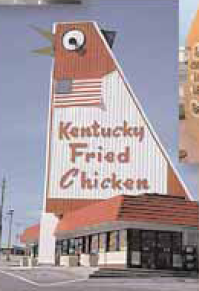
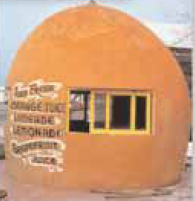
Share this page